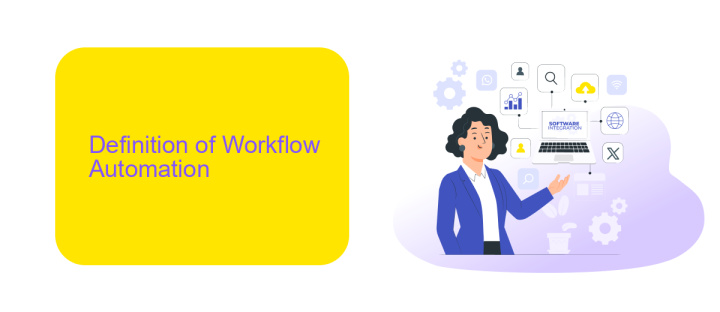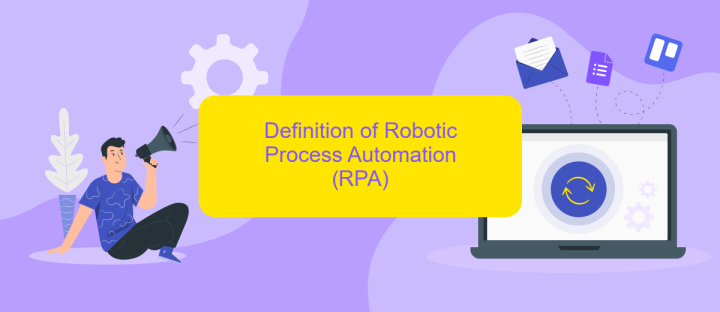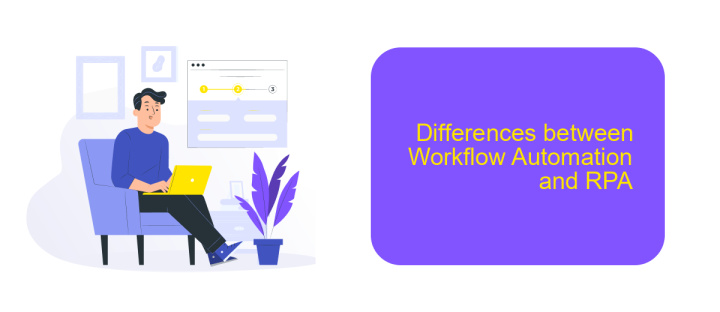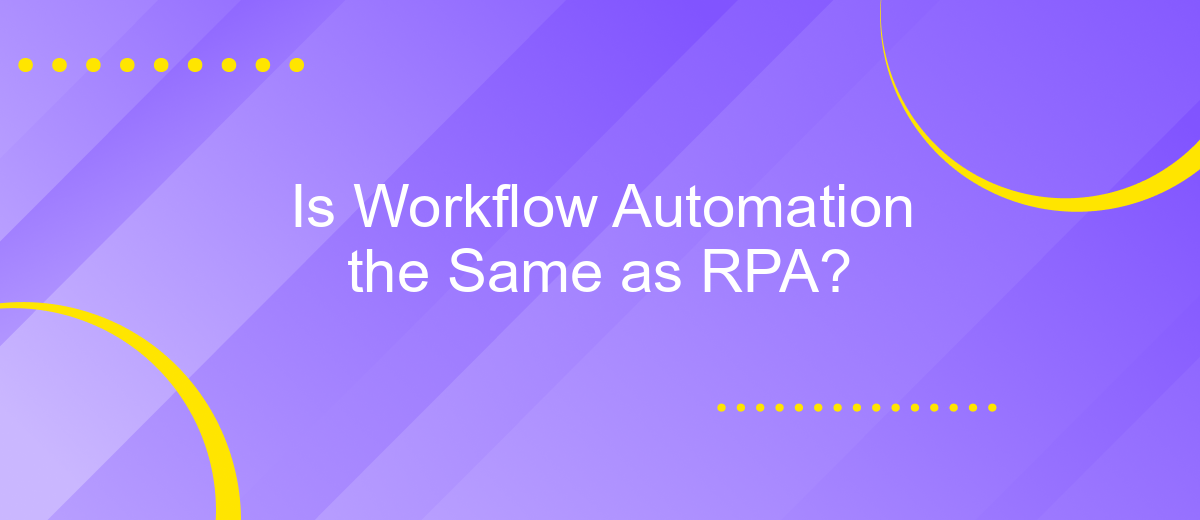Is Workflow Automation the Same as RPA?
Workflow automation and Robotic Process Automation (RPA) are often used interchangeably, but they are not the same. While both aim to streamline business processes and increase efficiency, they differ fundamentally in their approaches and applications. This article explores the distinctions between workflow automation and RPA, shedding light on their unique features and benefits for businesses.
Introduction
In today's fast-paced business environment, efficiency and productivity are paramount. Companies are increasingly turning to technology to streamline their operations and reduce manual tasks. Two popular solutions that often come up in this context are Workflow Automation and Robotic Process Automation (RPA). While both aim to enhance operational efficiency, they are not the same and serve different purposes within an organization.
- Workflow Automation focuses on automating business processes through predefined rules and sequences.
- RPA uses software robots to mimic human actions and automate repetitive tasks.
- Integration services like ApiX-Drive can bridge various systems, enhancing both Workflow Automation and RPA.
Understanding the distinctions between Workflow Automation and RPA is crucial for businesses to implement the right technology for their needs. Workflow Automation is ideal for streamlining processes that involve multiple steps and decision points, while RPA excels at handling repetitive, rule-based tasks. By leveraging integration platforms such as ApiX-Drive, companies can further enhance their automation strategies, ensuring seamless connectivity and data flow across different systems.
Definition of Workflow Automation

Workflow automation refers to the use of technology to streamline and automate a series of tasks or processes within a business workflow. This involves the orchestration of various tasks and the automatic routing of information between people, systems, and data. By defining rules and conditions, workflow automation ensures that tasks are completed in a specific sequence, reducing manual intervention and minimizing the risk of errors.
One of the key aspects of workflow automation is its ability to integrate with various applications and services. Tools like ApiX-Drive facilitate these integrations by enabling seamless connections between different software platforms. This allows businesses to automate data transfer and synchronize information across multiple systems, enhancing efficiency and productivity. Through such integrations, workflow automation can handle complex processes, ensuring that all necessary steps are executed accurately and timely.
Definition of Robotic Process Automation (RPA)

Robotic Process Automation (RPA) is a technology that allows businesses to automate repetitive tasks and processes using software robots or "bots." These bots mimic human interactions with digital systems, enabling organizations to streamline operations, reduce errors, and increase efficiency.
- RPA bots can log into applications, move files and folders, copy and paste data, fill out forms, and extract structured and semi-structured data from documents.
- They can also interact with APIs and integrate with various systems, making it easier to automate complex workflows.
- Tools like ApiX-Drive facilitate these integrations by providing a user-friendly interface to connect different applications and services without requiring extensive coding knowledge.
By implementing RPA, businesses can free up human employees to focus on more strategic tasks, thereby enhancing productivity and innovation. This technology is particularly beneficial for industries that rely heavily on data processing, such as finance, healthcare, and customer service, offering a scalable solution to manage increasing workloads.
Differences between Workflow Automation and RPA

Workflow automation and Robotic Process Automation (RPA) are often confused, but they serve different purposes in business operations. Workflow automation focuses on streamlining and optimizing business processes by automating the flow of tasks and information among people and systems. It is primarily used to enhance efficiency and ensure consistency in routine tasks.
On the other hand, RPA involves the use of software robots to mimic human actions and interact with digital systems to perform repetitive tasks. RPA is particularly useful for tasks that require accessing multiple systems and performing rule-based operations, such as data entry and report generation.
- Scope: Workflow automation targets process flow optimization, while RPA focuses on task automation.
- Complexity: Workflow automation is generally less complex, involving predefined rules, whereas RPA can handle more complex, multi-step tasks.
- Integration: Workflow automation often requires integration with various systems, which can be facilitated by services like ApiX-Drive, while RPA interacts directly with the user interface of applications.
- Use Cases: Workflow automation is ideal for business process management, while RPA is suited for automating repetitive, rules-based tasks.
In summary, while both workflow automation and RPA aim to improve efficiency, they do so in different ways. Workflow automation optimizes the sequence of tasks, whereas RPA automates individual tasks by mimicking human actions. Using tools like ApiX-Drive can enhance the integration capabilities of workflow automation, making it easier to connect various systems and streamline processes.


Similarities between Workflow Automation and RPA
Workflow automation and Robotic Process Automation (RPA) share several similarities, primarily in their goal to improve efficiency and reduce manual effort in business processes. Both technologies aim to streamline operations by automating repetitive tasks, thereby minimizing human error and freeing up employees to focus on more strategic activities. They can be integrated with various software applications and systems to enhance productivity and ensure seamless workflows.
Another key similarity is their ability to integrate with other tools and services, such as ApiX-Drive, which facilitates the connection between different applications without the need for coding. This integration capability allows both workflow automation and RPA to function more effectively within an organization's existing tech stack. By leveraging platforms like ApiX-Drive, businesses can easily set up automated processes that span multiple systems, ensuring data consistency and operational efficiency across the board.
FAQ
Is workflow automation the same as RPA?
What are the main differences between workflow automation and RPA?
Can workflow automation and RPA be used together?
What are some use cases for workflow automation?
How can I implement workflow automation in my business?
Apix-Drive is a universal tool that will quickly streamline any workflow, freeing you from routine and possible financial losses. Try ApiX-Drive in action and see how useful it is for you personally. In the meantime, when you are setting up connections between systems, think about where you are investing your free time, because now you will have much more of it.

